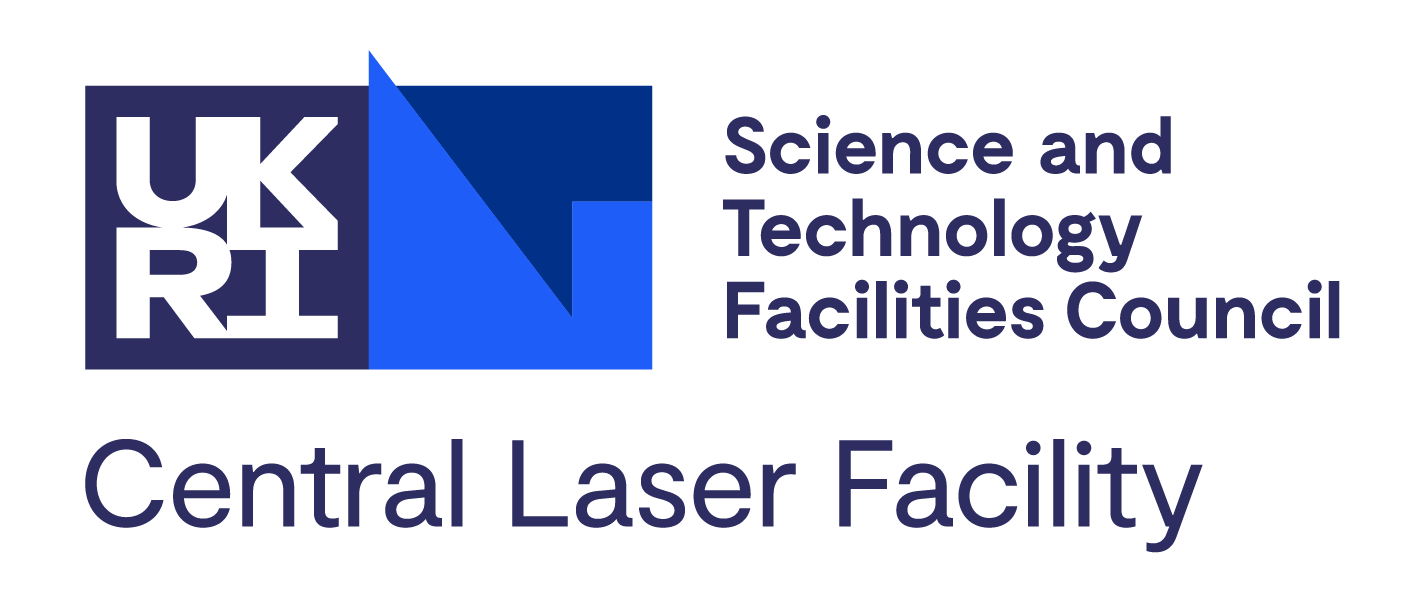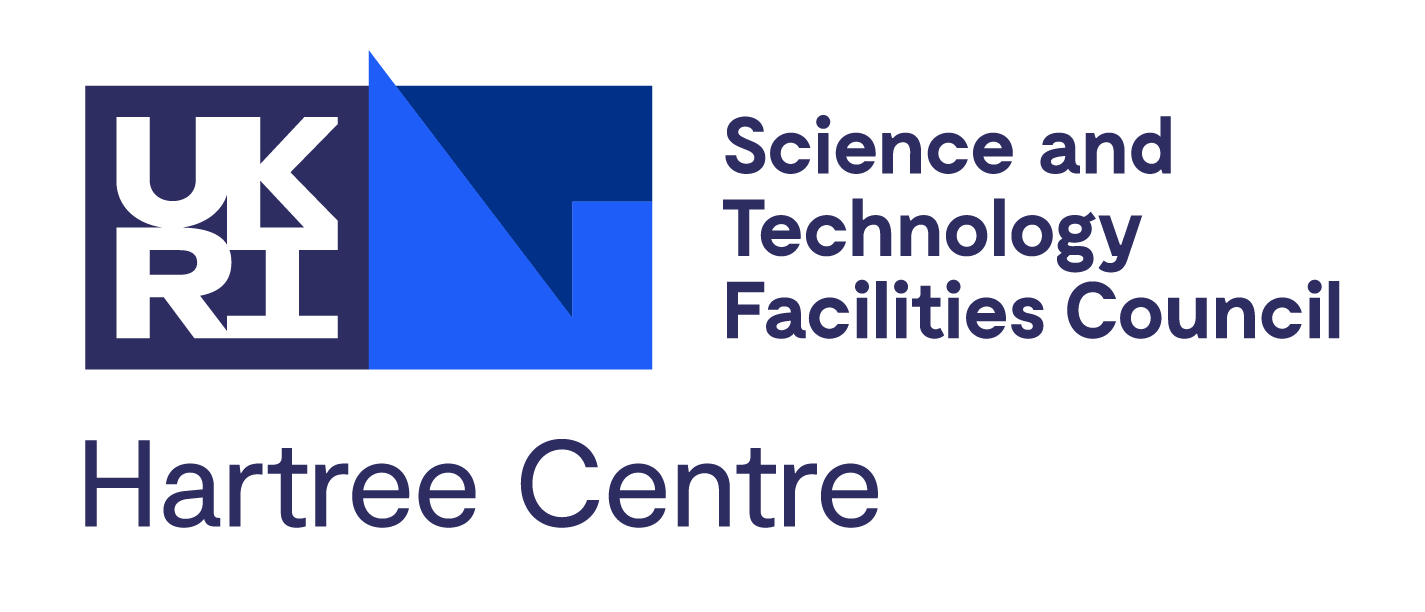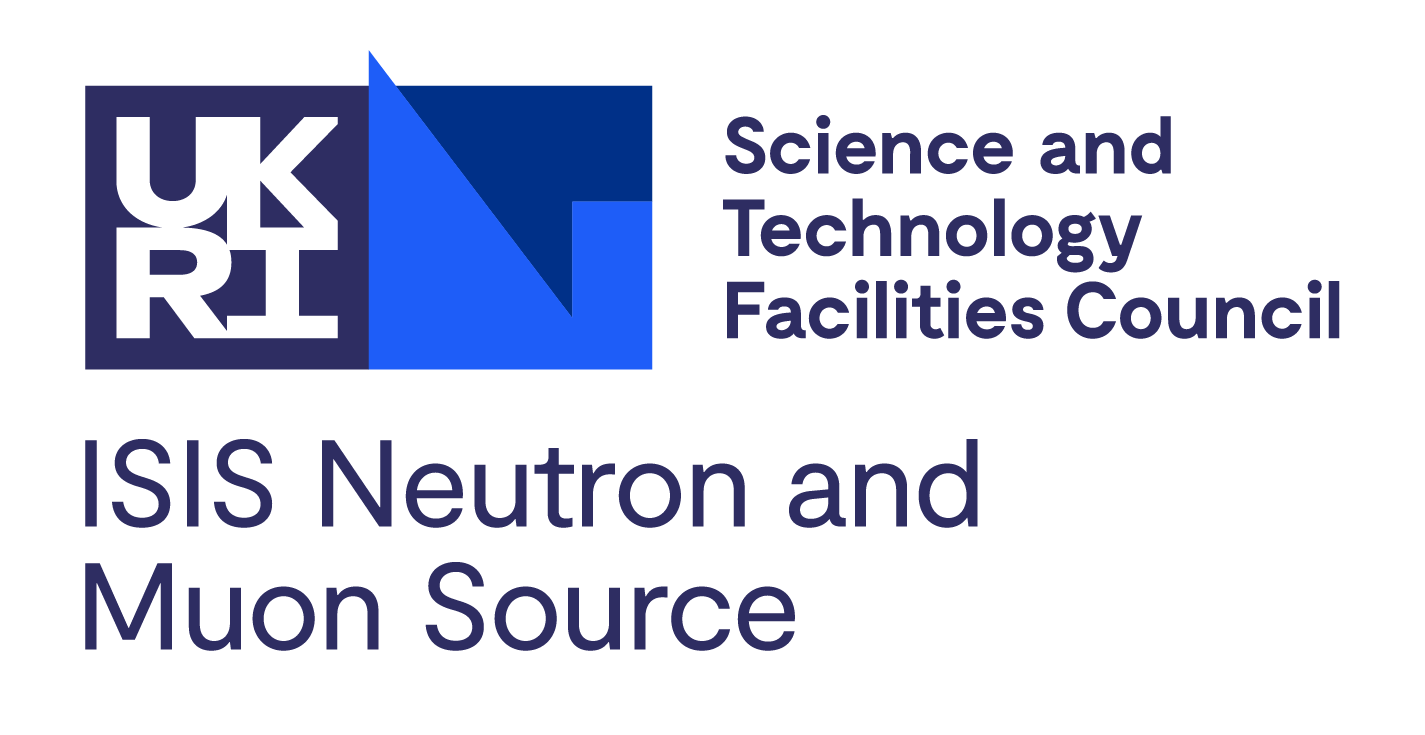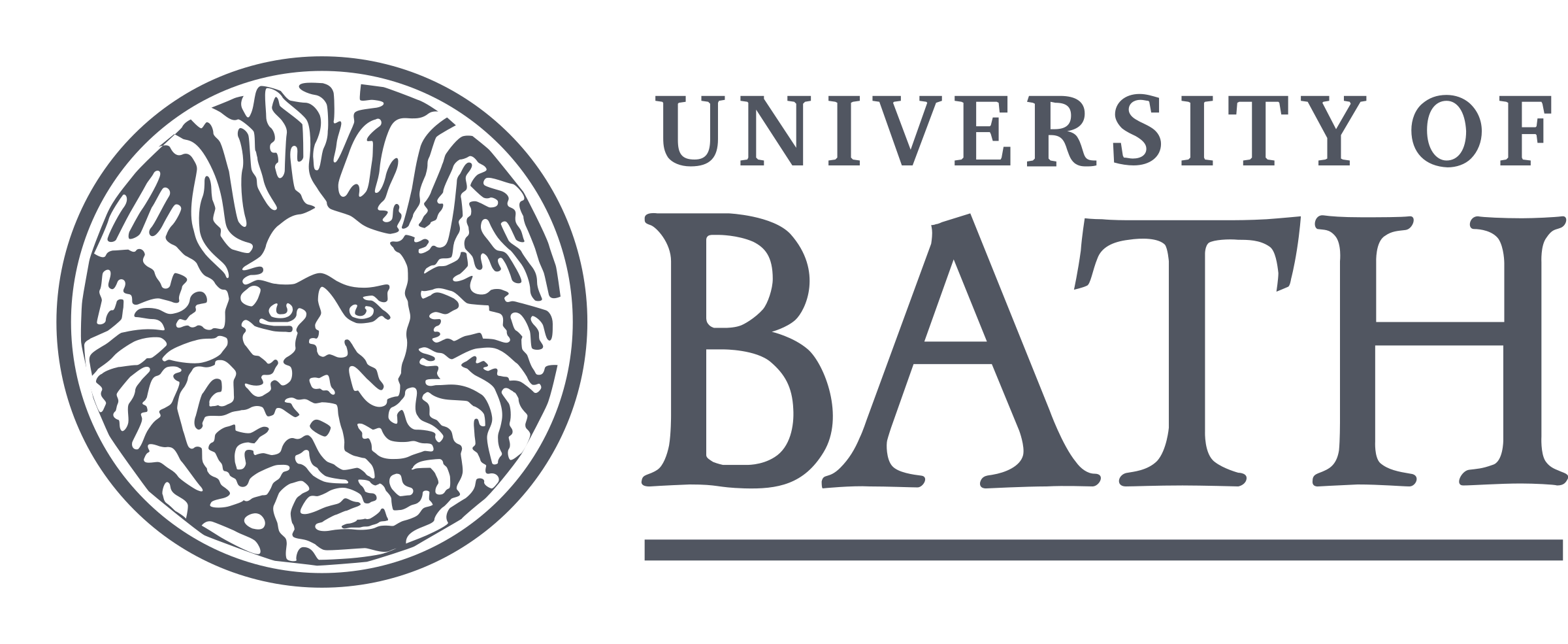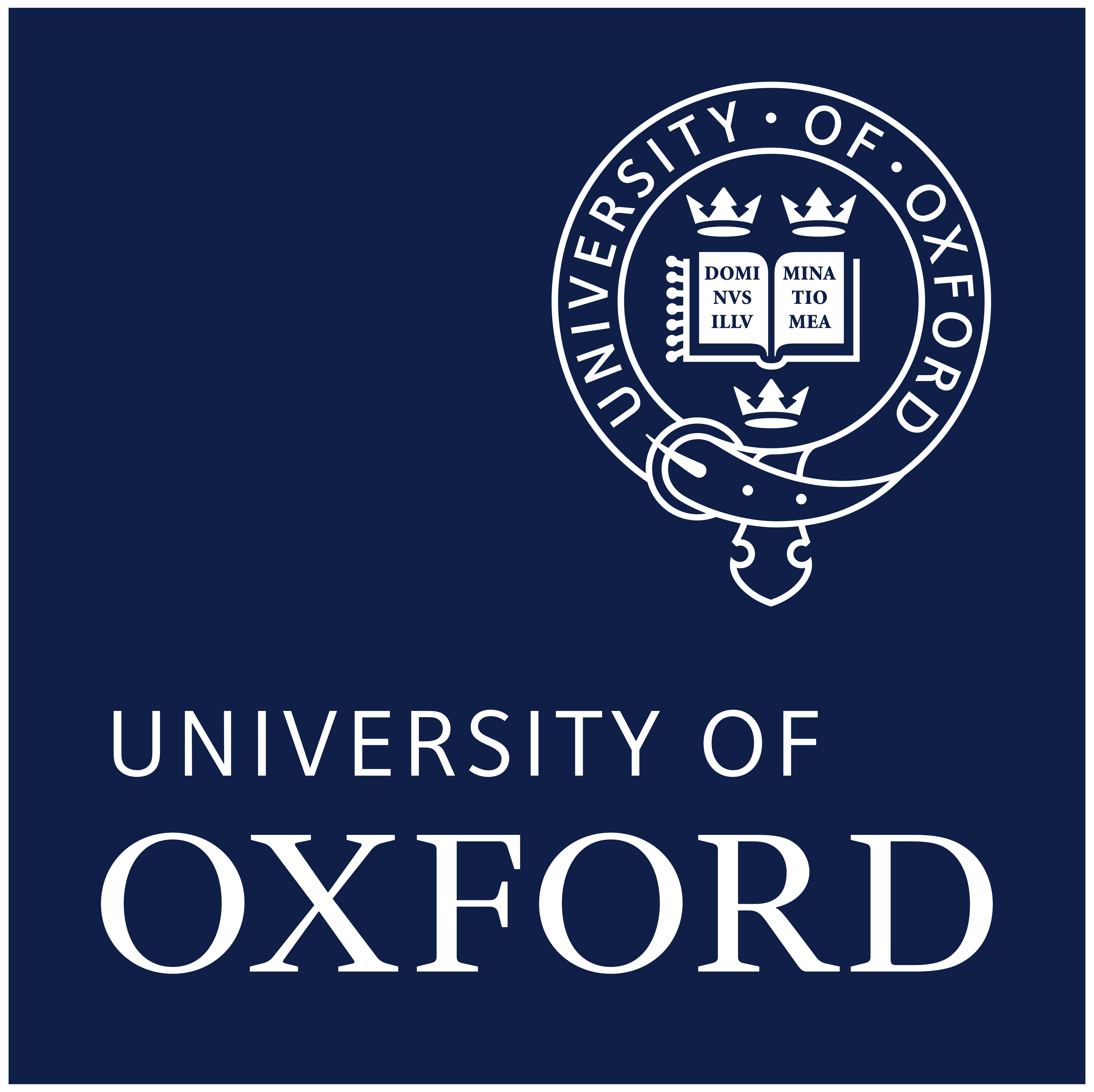
Computational Mathematics
STFC Scientific Computing has a strong history in computational mathematics, developing new algorithms for the solution of fundamental problems which then are implemented in world leading software. The Computational Maths theme acts as a link to transfer knowledge of methods across facilities, and across projects within a facility. Our aspiration is to become the first port of call when numerical methods are needed across the facilities.
Our scientific facilities are producing data with more velocity and fidelity than ever before, and this rate is increasing. In order to analyse this data, increasing the compute power is not enough, especially against a background of increasing awareness about the environmental impact of computational resources. New mathematics and new algorithms are required to analyse experimental data with sufficient accuracy, in an acceptable time.
Computational Maths focuses on innovative research into the underlying fundamental mathematics, such as:
- Data fitting
- Inverse problems
- Nonlinear optimization
- Sparse eigenvalue problems
- Sparse linear systems
- Tensor methods
Additional technical and software information can be found here.
Groups
Continuous Optimization
With its strong track record in optimization, this group develops software such as Galahad, CUTEst, FitBenchmarking, RALFit and GOFit, each of which are underpinned by robust and novel numerical algorithms.
- We aspire to lead the way on benchmarking data analysis software. Our FitBenchmarking software interfaces directly with scientific software, allowing users to test a wide variety of different parameter fitting models. Furthermore, by making data sets from the Facilities publicly available, we help researchers across the world develop algorithms that work best on the types of data analysed here at STFC.
- We have a strong research program for developing better algorithms for solving non-linear least-squares problems on the kinds of data sets encountered by STFC’s Facilities, as implemented in our software packages RALFit and GOFit.
- Many problems that the Facilities need to solve are plagued by multiple local minima, so we are developing better global optimization methods in partnership with our colleagues in the Facilities. Such methods reduce the need to choose a good initial guess for a method to converge to a solution, meaning less expert input would be required from beamline scientists, leading to more automation .
- While linear constraints are relatively straightforward to handle, nonlinearly constrained optimization is an area where algorithmic improvement is needed to solve problems to an acceptable accuracy and at an acceptable time cost.
- many of the tools we develop can be used to solve (non-linear) inverse problems. We have experience in solving computational problems arising in a range of imaging techniques such as ptychography, cryo-electron microscopy, and spectral microscopy.
Mathematical Research Software Engineering
A core part of the Computational Maths theme strategy is that algorithmic improvements are not just proved in papers, but are implemented in well-tested robust numerical software that can be used in a wide range of applications.
To this end, this group supports mathematical Research Software Engineers (RSE) as a distinct career path. We train people with expertise programming for shared- and distributed-memory environments, and in using accelerators such as GPUs. Combined with a grounding in numerical analysis, our mathematical RSEs will be invaluable wherever numerical methods need to be implemented or improved across the ALC and CoSeC, as well as being core to the development of new software within the theme.
Numerical Linear Algebra
As developers of the HSL mathematical software library, which celebrated its 60th birthday in 2023, this group has a long history of producing cutting edge software in numerical linear algebra. Our research focus in this area is in:
- Developing the algorithms behind the software of tomorrow for the solution of sparse linear systems of equations, with a focus on:
- Sparse direct solvers, providing fully algebraic black-box methods;
- Novel preconditioners to efficiently solve the linear systems arising in coupled multi-physics problems;
- Efficient direct and iterative solvers to meet the linear algebraic needs of continuous optimization.
- Continuing to exploit randomized methods to develop faster numerical linear algebra method kernels applied to, for example, eigenvalue problems, or singular value decomposition.
- Developing mixed-precision algorithms to enable faster, more energy efficient, numerical methods that have the same accuracy as their standard precision counterparts.
- Developing methods and techniques in multilinear algebra, exploiting tensor decompositions to better analyse data.
- Developing efficient methods for evaluating functions of matrices, such as matrix exponentials.
- Developing computational routines for inverse problems, specifically those arising in imaging applications in the Facilities. We hold expertise in the solution of large-scale linear least-squares problems, regularisation techniques, and developing preconditioners for inverse problems. We apply these tools to various complex imaging problems as multislice ptychography, spectral ptychography, (spectral) computerised tomography, and microscopy variants.
Numerical algorithms are the backbone of the modelling, simulation, and data analysis that enable STFC to deliver world-leading research and innovation facilities. However, the algorithms of today are not sufficient to tackle the challenges of tomorrow. By creating novel numerical methods and implementing them in high-quality software, our researchers and software engineers ensure that we remain at the forefront of innovation.
Dr Tyrone Rees, Theme Lead, Computational Maths

